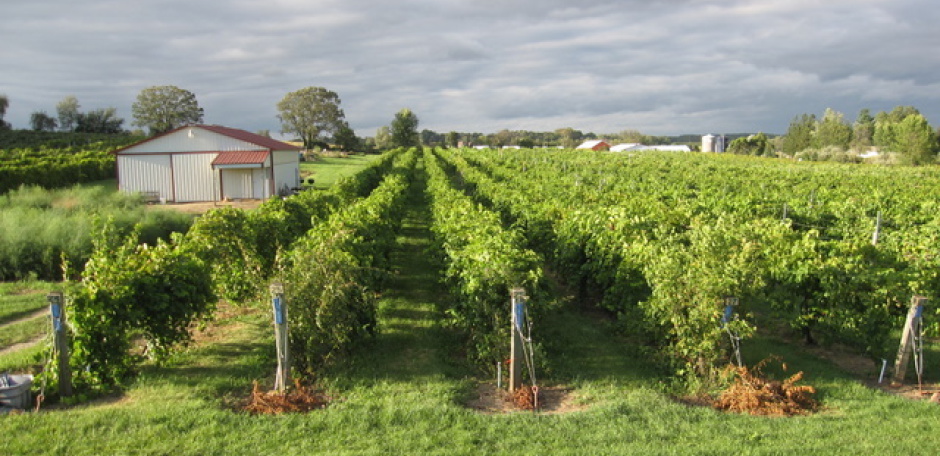Our Vineyard and our Grapes
We planted our first vines in the Spring of 1976. We knew little about planting a vineyard then, and are amazed now that it became a success. However because of our loyal customers and our interest in growing the finest grapes we are still here today, planting new varieties, changing trellis systems to better suit our vines, and intensifying our viticulturall practices to ensure our grapes will taste their best and be of the highest quality for winemaking.
We now have 12 varieties of grapes, suitable for making red or white wine, delicious fresh juice, or for eating.
Our Grape Varieties
We currently are picking these grapes fall of 2022: See descriptions of each variety in the side bar.
REDS WHITES S
Foch LaCrescent
Frontenac St. Pepin
Marquette Muscat (Aromella)
St Croix Delaware (light pink but can make a white wine)
Petite Pearl Itasca
Concord
PINK PURPLE
Delaware Concord
- grapes for red wine, dry or sweet
- grapes for dry or dessert style white wines, stony dry or off-dry in a German reisling style
- delicious sweet Frontenac port - a highly praised red wine
- delicious Delaware grapes for eating or sparkling wine
Scenes from the September harvest
As you can see we have a good time while picking grapes. Our customers range from not quite a year old to over 90. The 20+ 5 gallon buckets of grapes were picked by one family. After all wine can help you enjoy the slightly cool winters we have here in the mid-West.
Notice how we have crushers and presses available to customer use. We use bladder-presses which are gentle on the grapes and faster than traditional basket presses.
Customers often return a week after they pick their red grapes, ferment on the skins, and then press them out.
Award winning wines
The grapes from our vineyard have been made into award winning wines. If you make a wine from our grapes, and provide proof that our grapes were in your wine, you will win 20 free lbs of grapes the next fall season. And if you allow us to take a photo of your proud smile and wine we will be happy to announce it in our newsletter. If you prefer more anonymity, that's fine too.








